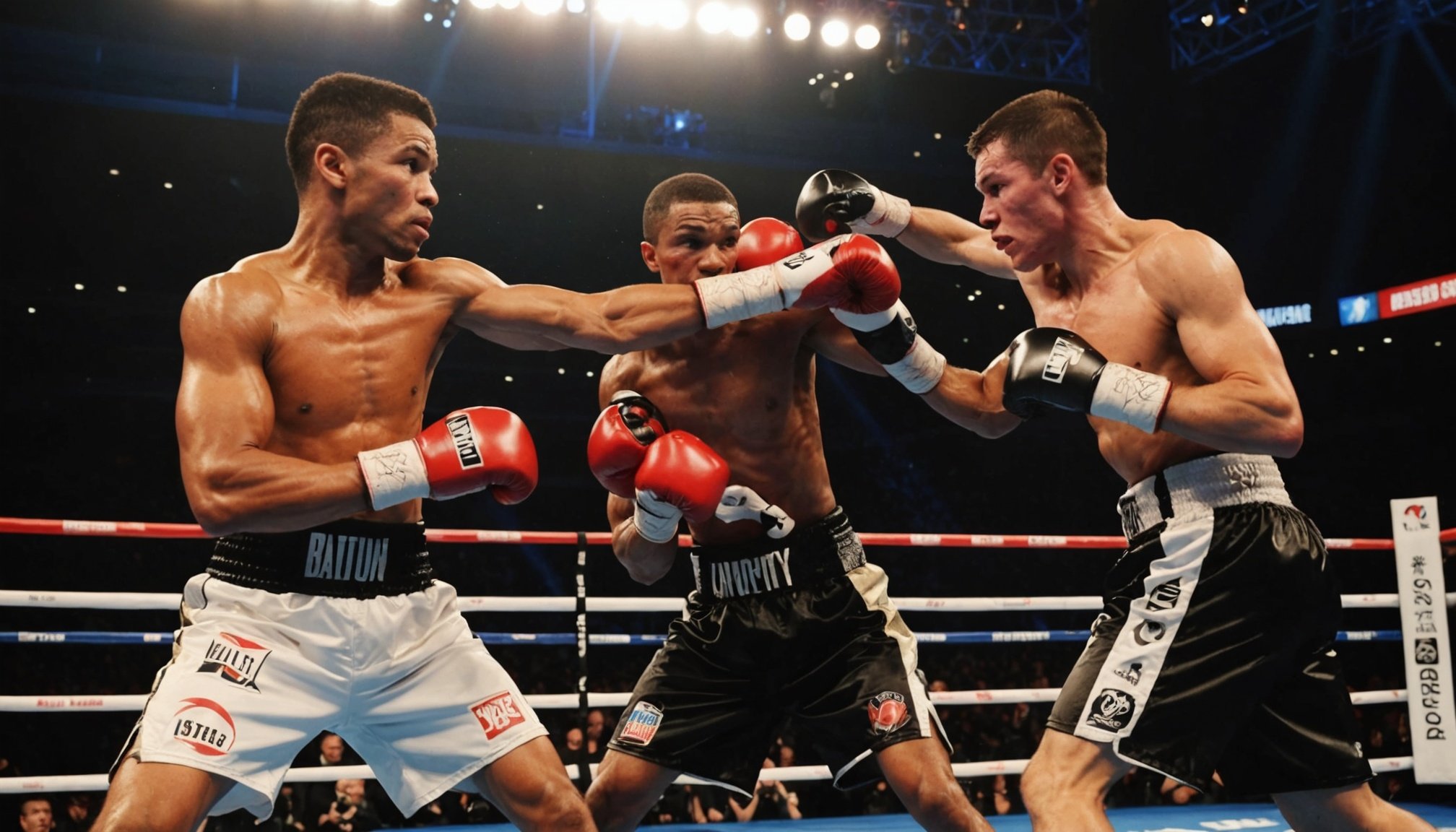In the competitive world of boxing, mastering the art of counter-attacking can turn the tide of a match. As boxers, understanding the core principles of this strategic approach not only enhances your defense but also sets you up for a powerful offense. The ability to anticipate your opponent’s moves, utilize smart footwork, and deliver precise punches are skills that distinguish seasoned fighters from novices. In this article, we dive deep into the essential components of counter-attacking, offering insights ideal for both beginners and seasoned pugilists alike.
The Art of Anticipating Your Opponent
In the ring, anticipation is everything. Recognizing an opponent’s patterns, habits, and tendencies grants you the ability to preemptively respond to their actions.
Also to see : What is the importance of sparring partners in the development of fighting skills?
Understanding Opponent’s Patterns
Every opponent has a set of patterns—subtle movements or sequences of attacks that, once identified, can be used to your advantage. Observing these during sparring sessions or early in the match can give you a predictive edge.
Psychological Warfare
Counter-attacking is as much a mental game as it is physical. By studying your opponent’s mental state—whether they’re aggressive, cautious, or somewhere in between—you can adjust your strategy to exploit their mindset. This psychological chess game often dictates the flow of the match.
Additional reading : How can fighters balance their training regimen with personal life commitments?
Reactions and Timing
A critical part of anticipation is how you react to your opponent’s moves. A well-timed counter-punch—delivered the moment they commit to an attack—can shift the momentum dramatically. Practicing drills that improve your reaction time is essential to becoming a proficient counter-puncher.
Anticipation, coupled with sharp defensive skills, transforms defense into offense and allows you to control the match from the inside out.
Mastering Defensive Techniques and Footwork
The cornerstone of effective counter-attacking is a solid defense and impeccable footwork. These not only protect you but also set up opportunities for counter-attacks.
Building a Solid Defense
A strong defense requires an understanding of various techniques such as blocking, parrying, and slipping. Blocking with a tight guard protects vital areas, while parrying redirects the opponent’s punches, creating openings for a counter.
The Role of Footwork
Efficient footwork allows you to dictate the pace and direction of the fight. By sidestepping or pivoting, you can avoid an opponent’s attack while positioning yourself for a counter. Practicing movement drills helps in achieving fluid footwork that feels effortless.
Staying Light on Your Feet
Staying light and on the balls of your feet ensures quick transitions between defensive maneuvers and offensive strikes. This agility keeps your opponent guessing and unable to settle into their own rhythm.
By honing your defensive skills and footwork, you lay the groundwork for successful counter-attacks that capitalize on an opponent’s missteps.
Strategic Use of Jabs and Lead Hands
In boxing, the jab is more than just a punch; it is a strategic tool used to dictate the fight’s tempo and measure distance.
The Jab as a Measuring Tool
Using your jab effectively allows you to gauge your opponent’s reach and timing. It’s a probing tool that can disrupt their rhythm and create openings for more significant attacks.
Setting Up Counters with Jabs
A well-timed jab can provoke a reaction, opening the opponent to a swift counter. By throwing a quick jab and immediately following with a cross or hook, you catch your opponent off guard.
Lead Hand Versatility
The lead hand is versatile, acting as both a defensive guard and an offensive weapon. It can be used to block, parry, or strike, making it integral to your counter-attacking strategy. Drills focusing on lead hand coordination enhance your ability to execute combination punches effectively.
Understanding the jab and the role of the lead hand in counter-attacking helps you control engagements and maintain the upper hand in exchanges.
Developing Counter-Attack Combinations and Techniques
Counter-attacking effectively often involves a blend of techniques and creative combinations that keep your opponent guessing.
Combination Punching
The hallmark of a proficient counter-attacker is seamless combination punching. By stringing together a series of punches in rapid succession, you overwhelm the opponent and exploit any weaknesses in their defense.
Head and Body Movement
Incorporating head and body movement into your counter-attacks enhances their effectiveness. Slipping under a jab and retaliating with a hook to the body or head can catch the opponent off balance.
Practicing Drills and Techniques
Regular practice of counter-attacking drills sharpens your instinct and improves timing. Drills focused on movement, such as slipping and weaving, enhance your ability to dodge punches and retaliate swiftly.
Developing diverse counter-attacks and refining your techniques ensures you’re always ready to respond, adapting to the ebb and flow of the match.
Counter-attacking in boxing is a sophisticated skill that combines anticipation, defense, strategic use of jabs, and creative combinations. By mastering these fundamental principles, boxers can transform their defensive moves into decisive attacks, gaining the upper hand in the ring. As you continue to refine these skills, remember that the essence of counter-attacking lies in balance and adaptability—skills nurtured through consistent practice and strategic understanding. Embrace these principles, and watch as your prowess in the ring reaches new heights.











